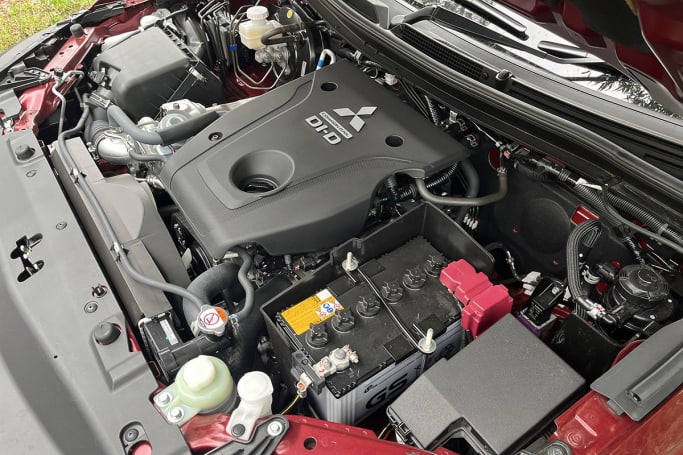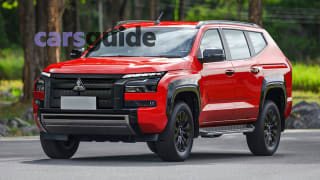This is a really common concern, Raj, especially among people like you who are considering their first diesel-powered vehicle. Modern diesels are very efficient and powerful (compared with old-school diesel engines) but those benefits come with some compromises including higher maintenance costs and potential glitches such as the DPF problems you’ve noted.
DPF problems are usually the result of the filter becoming clogged with the soot from the diesel’s exhaust. There’s not much you can do about a diesel engine producing soot (apart from making sure it’s tuned properly to minimise the soot) so the filter is designed to regenerate when it starts to get full. That process requires heat and that’s where the problems start. A vehicle that is only driven around the suburbs often won’t create enough heat in the exhaust system to allow this regeneration to take place. At that point, the filter becomes clogged and requires either manually cleaning or, in some cases, replacing. Neither is a cheap process.
So, what you need to do is to take the vehicle for a drive at highway speeds to allow things to get hot enough for DPF regeneration to take place. This drive needs to be at least about 20 minutes and it needs to happen at least once a month. So the answer to your question is not really how many kilometres you need to drive, but what sort of kilometres. Even if your four-times-a-week trip to work is, indeed, 50km, if it’s all done in stop-start, low-speed traffic, then it won’t be enough.
The bottom line is that a turbo-diesel isn’t really the right vehicle for a lot of urban-based people. The catch there, is that a lot of vehicles that were once available with a choice of petrol or diesel power are now diesel-only propositions. That includes the Pajero Sport, of course.









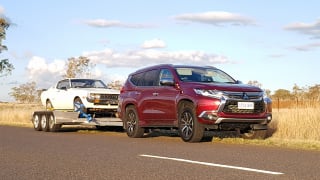





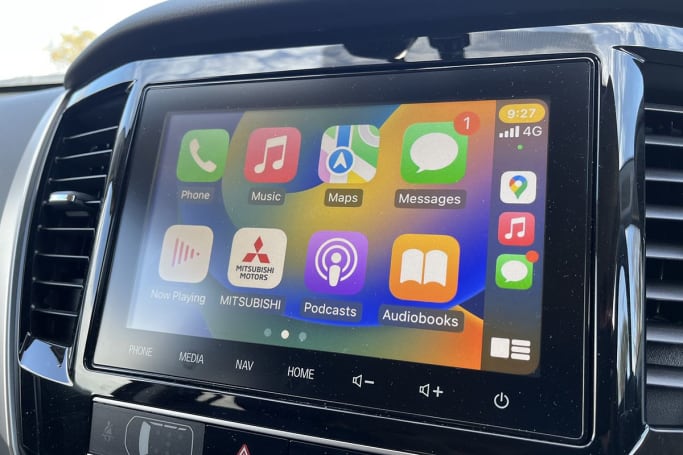




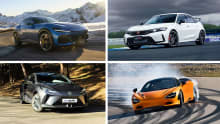
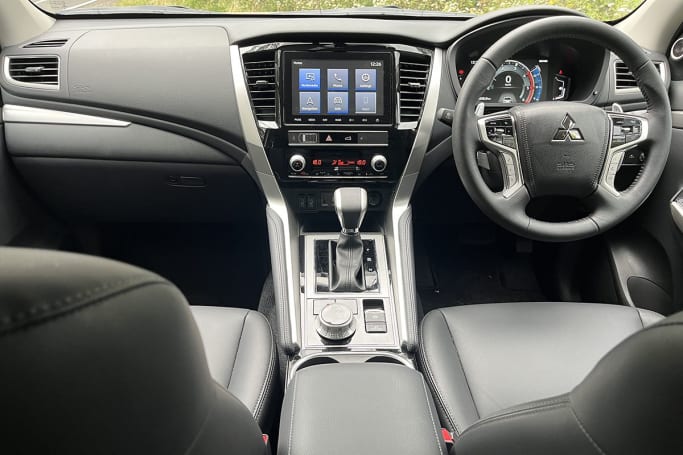
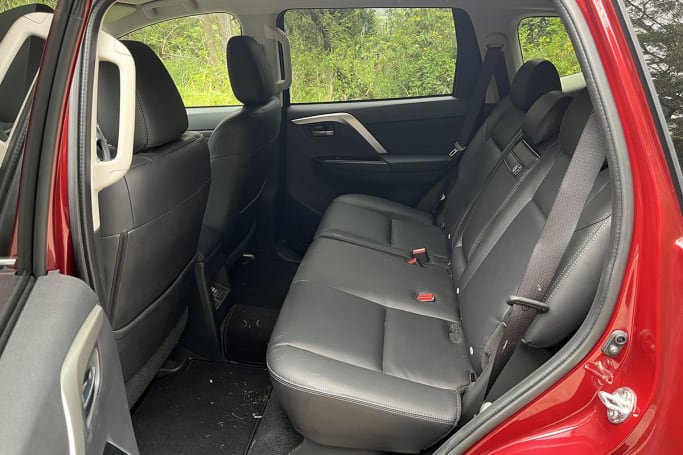
.jpg)
